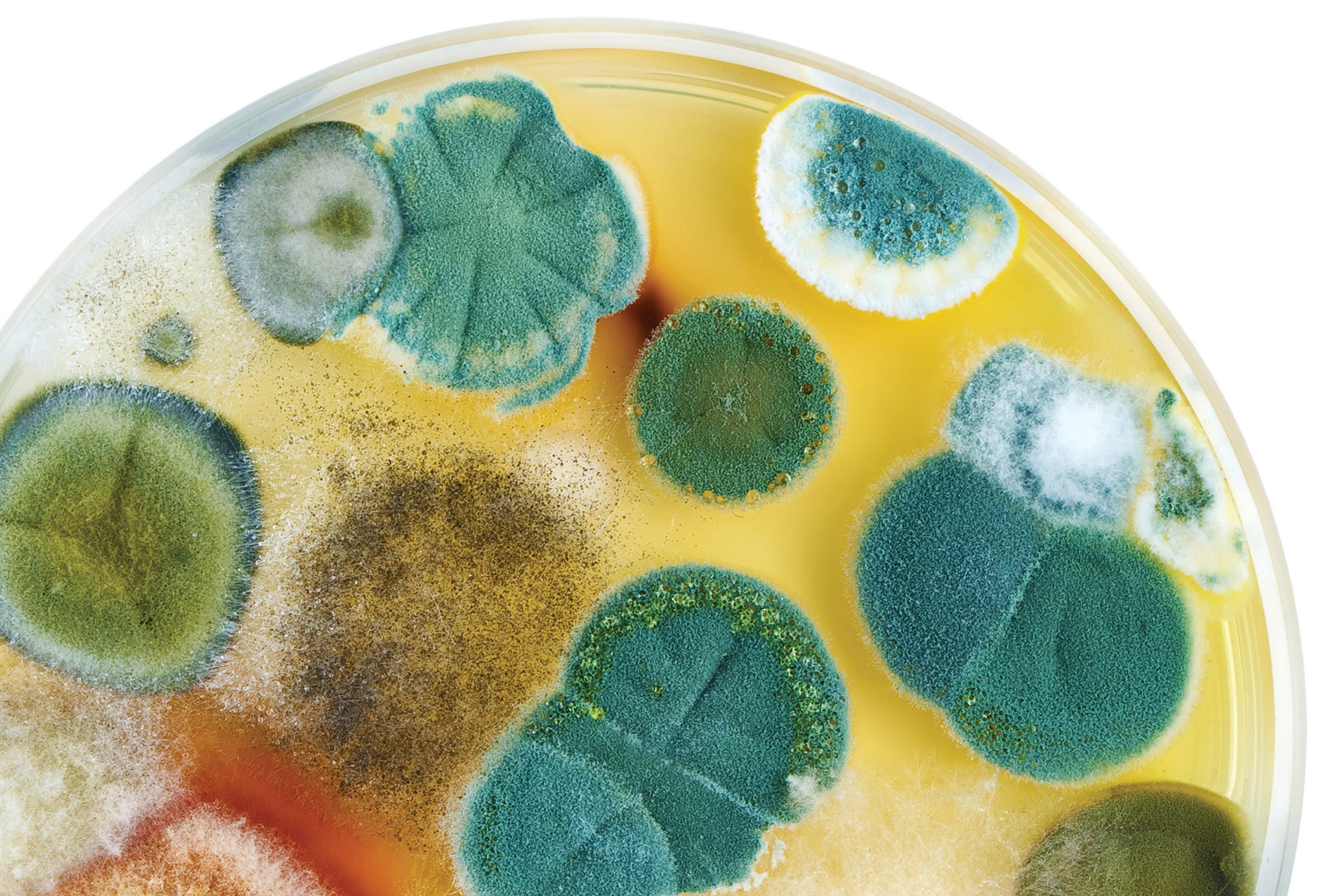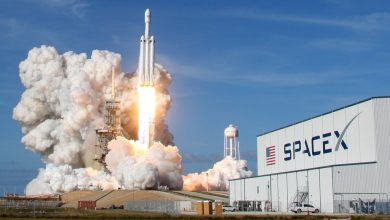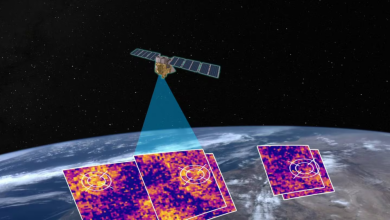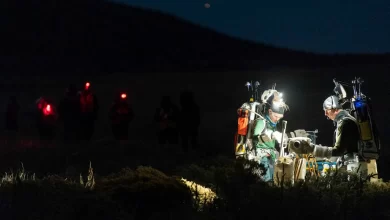Mold on the ISS exceeded the standard
ارتفاع مستوى العفن في المحطة الدولية
News Agencies
Since the official construction of the International Space Station in 1998, it has been operating 400 kilometers above the earth for more than 20 years. 244 astronauts from different countries have visited here to complete their scientific missions.
In such a confined space, different people are constantly coming in and out, so the “air quality” here is not very ideal, one of which is serious mold pollution.
Recently, Russian researchers published an article in the journal “Manned Spaceflight”, stating that their astronauts found that the airborne mold content in the functional cargo compartment of the “Dawn” exceeded the standard.
In the human living space, the safety index of mold in the air is that the value of colony formation per cubic meter of air is less than 100 units, but the current value of mold in the warehouse of the International Space Station has reached 110 units.
Mold is a fungus that has a high degree of association with humans. It is estimated that it is also the fungus that hurts us the most. In human habitats, these microorganisms are nowhere to be found, polluting our food, tools, and air.
We are likely to have serious infections or even death if we eat moldy food, and inhalation of a small amount of mold may also cause us to develop allergies and some respiratory diseases.
Years of experience in combat with mold tells us that these microorganisms like damp and airtight spaces. Obviously, the International Space Station operating at an altitude of 400 kilometers is very suitable for their living conditions.
Although most of the time mold is not fatal, for habitats far away from the earth, medical supplies are limited, and even simple infections are fatal.
Therefore, it is not good news that the level of mold in the air of the International Space Station exceeds the limit.
Mold on the International Space Station
In fact, it is not the first time that the mold problem on the International Space Station has been exposed. As early as 2016, mold had seriously affected the normal life and experiments of astronauts. At that time, some zinnias and vegetables used for experiments were affected by mold. Affected and died.
At that time, the astronauts could only turn on the fan, sterilize the experimental samples and wipe off the excess water in the plants, and freeze the moldy samples, and finally bring them back to the earth to study these molds.
Now, astronauts on the International Space Station spend several hours a week cleaning the walls of the spacecraft to prevent the formation of mold and related health problems.
Mold will form spores and spread in the air to reproduce. The spores of mold are very adaptable like the seeds of plants. We usually use high temperature to remove the mold on the clothes. In fact, it can’t kill the mold spores, so it is easy to relapse.
The molds on the International Space Station are mainly Penicillium and Aspergillus, and their spores are far more tenacious than scientists imagined. A 2019 study found that these molds can even survive on the outer wall of the space station.
In order to test the ability of fungal spores to withstand radiation, researchers exposed the spores to various radiations, including ultraviolet light, x-rays, and heavy ions [1].
As a result, most of the spores can withstand much more than expected, and the spores of the two major “protagonists” of the space station-Penicillium and Aspergillus can survive and withstand X-rays, and can withstand at least 200 times the lethal dose of humans.
Mold not only contaminates the International Space Station
This study did not involve the test of fungal spores in high and low temperature environments, so it is not really an extreme cosmic environment, but scientists still believe that molds will definitely follow humans for space travel.
This is a really serious problem, not only a test for people, but also a test for another planet.
At present, the single survival record of human beings in outer space is 438 days, which is maintained by the Russian astronaut Valeri Poliakov (Valeri Poliakov), who stayed in the former Russian space station from January 1994 to March 1995 -Working on the Mir space station.
Our next stop is likely to be Mars. It takes 180 days to reach Mars at the fastest. Since Mars and the Earth only have a rocket launch window every two years, it will take longer for the astronauts to come back, including complex tasks such as landing. Astronauts going to Mars will be much longer than the longest human life in space in the world record.
And mold can grow wildly in a closed spacecraft and endanger the health of astronauts.
In addition, if the mold spores on the outer wall of the spacecraft always “hitch a ride” to reach Mars, they are likely to contaminate the entire Mars and affect our next work on Mars.
Moreover, who knows what changes will happen to mold when exposed to the space environment for a long time? It is likely that it will become a “super fungus” and endanger the health of astronauts.
finally
Mold is indeed harmful most of the time, being a human pathogen and food destroyer, but it can sometimes be used to produce antibiotics or other things needed for long-term tasks.
And the experience of getting along with the mold on the International Space Station can accumulate experience for the next human space station and the more distant human space travel.
وكالات
موسكو: أعلن مركز إعداد روّاد الفضاء، أنَّ الروّاد الروس اكتشفوا ارتفاعَ مستوى العفن في جو المحطة الفضائية الدولية عن الحدّ المسموح به في منطقة أقدم وحدة بالمحطة. ويشير خبراء المركز وخبراء معهد مشكلات الطب الحيوي التابع لأكاديمية العلوم الروسية في المقال المنشور في مجلة المركز، إلى أن «مستوى فطر العفن زاد على المستوى المسموح به في هواء المحطة». ويُشير المقال، إلى أن المقصود هنا عينة واحدة من مجموع 16 عينة هواء أخذها روّاد الفضاء الروس من القطاع الروسي في المحطة الفضائية الدولية في نهاية شهر يناير عام 2021. وهذه العينة مأخوذة من اللوحة 103 في وحدة «زاريا» التي هي أقدم وحدة في محطّة الفضاء الدولية.




